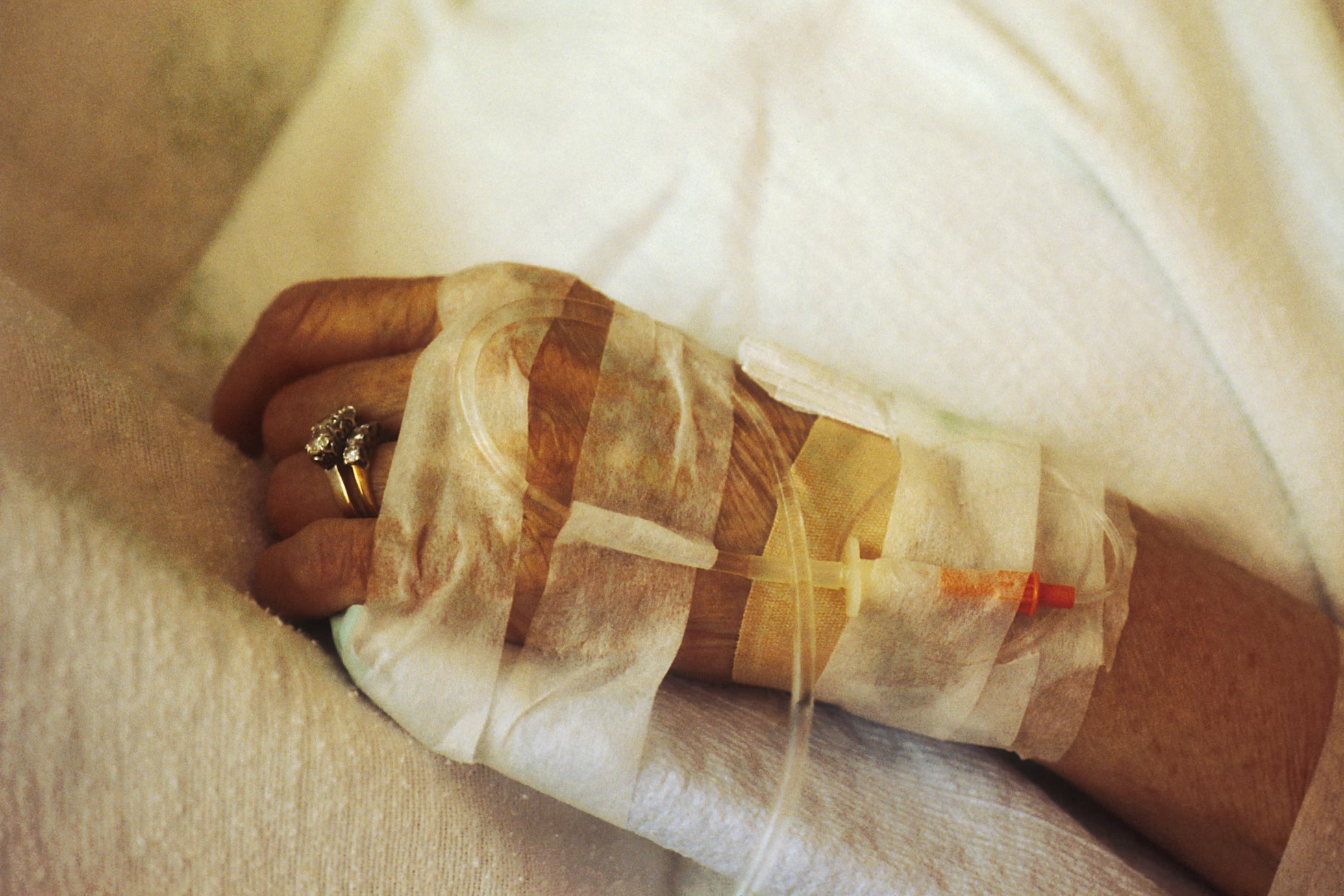
Listeriosis is a serious bacterial disease that can affect all ruminants, including goats. It is caused by the bacterium “Listeria monocytogenes”, which can be found in soil, water, and contaminated feed. Goats are particularly susceptible to listeriosis due to their browsing habits, which can expose them to the bacteria.
Signs and Symptoms of Listeriosis in Goat
The most common signs and symptoms of listeriosis in goats include:
Neurological signs:
These can include circling, head pressing, ataxia (incoordination), weakness, and recumbency.
Septicemia (blood infection):
This can cause fever, lethargy, and death.
Abortion:
Listeria monocytogenes can cross the placenta and infect the fetus, leading to abortion.
Other signs that may be present include:
Loss of appetite
Depression
Mastitis
Difficulty breathing
Convulsions
Image of Goat experiencing Listeriosis symptoms
The severity of the symptoms will vary depending on the age and health of the goat, as well as the amount of bacteria ingested. Listeriosis can be fatal in some cases, so it is important to seek veterinary attention immediately if you suspect your goat is infected.
Causes of Listeriosis in Goats
There are several ways that goats can become infected with Listeria monocytogenes:
Contaminated feed:
This is the most common source of infection. Listeria monocytogenes can grow in moldy or spoiled hay, silage, and grain.
Water:
Listeria monocytogenes can contaminate water sources, such as ponds and streams.
Soil:
The bacteria can also be found in soil, which can be ingested by goats while grazing.
Other animals:
Pregnant goats can also become infected through contact with the aborted fetuses or placentas of infected animals.
It is important to note that humans can also become infected with Listeria monocytogenes from consuming contaminated food or from contact with infected animals.
Diagnosis of Listeriosis in Goats
Diagnosis of listeriosis in goats can be difficult, as there is no single test that is definitive.
However, your veterinarian may recommend the following tests:
Physical examination:
This will help to identify any neurological signs or other abnormalities.
Blood tests:
These can help to detect antibodies to Listeria monocytogenes.
Cerebrospinal fluid (CSF) analysis:
This can be used to identify the bacteria in the cerebrospinal fluid, which surrounds the brain and spinal cord.
Post-mortem examination:
This can be performed to confirm the diagnosis if the goat dies.
Treatment of Listeriosis in Goats
There is no cure for listeriosis, but the disease can be treated with antibiotics. The type and duration of antibiotic treatment will depend on the severity of the infection. In some cases, supportive care, such as fluids and electrolytes, may also be necessary.
It is important to note that pregnant goats that are infected with Listeria monocytogenes may need to be aborted to prevent the transmission of the disease to the fetus.
Prevention of Listeriosis in Goats
There are several things you can do to prevent listeriosis in your goats:
- Feed them high-quality hay and silage that is free from mold or spoilage.
- Provide them with clean water.
- Vaccinate them against Listeria monocytogenes.
- Control rodents and other pests on your property.
- Practice good hygiene when handling goats and their food.
- Dispose of aborted fetuses and placentas properly.
By taking these precautions, you can help to keep your goats safe from this serious disease.
Related post: Negin Behazin
Sources:
Dr Alam Zeb Khan:
Listeriosis in Goat:
MSD Veterinary Manual:
Listeriosis in Animals:
MSU College of Agriculture and Natural Resources:
Listeriosis in sheep and goats: https://www.canr.msu.edu/news/listeriosis-in-sheep-and-goats/
Texas A&M Veterinary Medical Diagnostic Laboratory:
Listeriosis in a goat doe:






